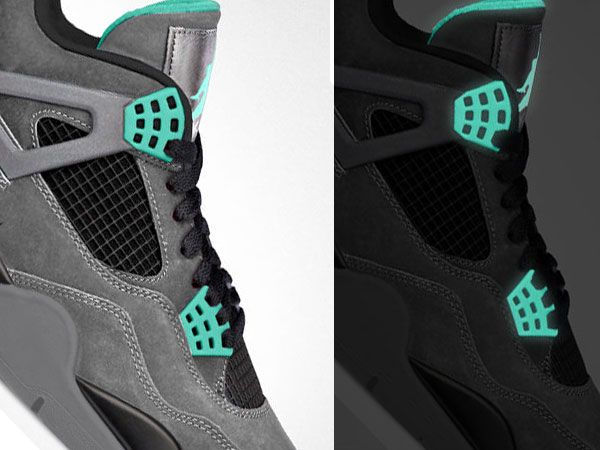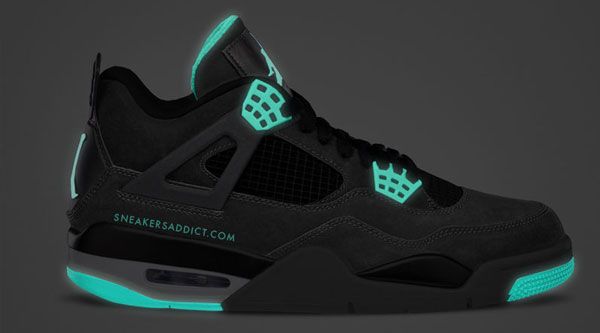With the money flowing, lots of kids are dreaming about a career in sneakers. Or they hope to become Taylor Lally, the 22-year-old owner of SneakerSpy, an online retailer that employs ten people and was the largest vendor at SoleXchange. Lally has scouts all over the world locating rare sneakers, dates an Adidas model, and personally owns 600 pairs of Reeboks which he keeps in two storage units. “One day I’m going to sell them all and move to Tahiti and surf for the rest of my life,” he insists. “I’m aiming for before 30.” Still, as sneaker-collecting has become both mainstream and younger in the past few years, others are less sure of their long-term profits. “Do you remember Beanie Babies?” asks Eugene Clowney, 23, an actor and one of the founders of Sneaker Rumors, a Facebook-based blog. “It’s like that. When something becomes a fad, humans inevitably kill it.”
Many people in the industry place the blame for the bubble on Nike, which over the past several years has accelerated the frequency at which it releases new shoes, all while keeping their numbers extremely limited, according to Jason Faustino, 34, owner of the Long Island–based sneaker store Extra Butter. "There are three main athletes [with Nike], LeBron, Kobe, and [Kevin Durant], who keep coming out with shoe after shoe," he says. At the same time, the company fuels demand by making its products hard to find: Last February, a riot erupted in Orlando, Florida, when Nike first released the Galaxy Foamposite, of which it had initially produced only 1,200 pairs.
Nike declined to comment for this story, but conventioneers believe the company is now shifting gears in order to prevent riots and capture some of the profits from the thriving secondary market. Last year, it set the price for a new shoe in the LeBron James line at $270, one of the highest ever, and began requiring fans to reserve pairs via Twitter rather than camping out in line, in hopes of limiting quantities to one per person.
The changes are a reminder that even in a culture where hustling leads to profits, it’s the sneaker-makers that have the real power. “It’s materialistic,” Lally, the Tahiti-bound veteran, says. “In the end you do all this because you want the freshest new shoe.”









 personally knowing that some lame like these kids beat me for a pair of corks pisses me off. Ads like this
personally knowing that some lame like these kids beat me for a pair of corks pisses me off. Ads like this  Decent article.
Decent article. :kdotahhh:
:kdotahhh: